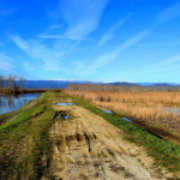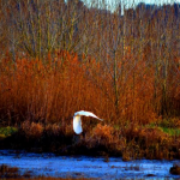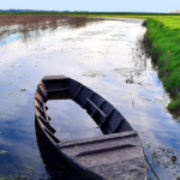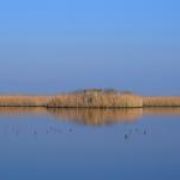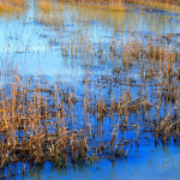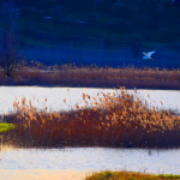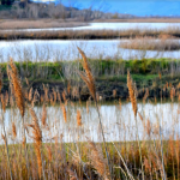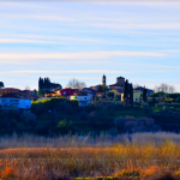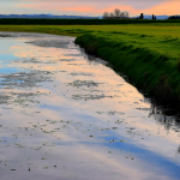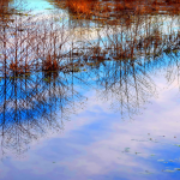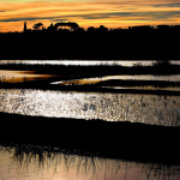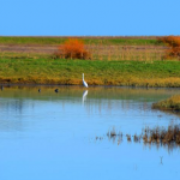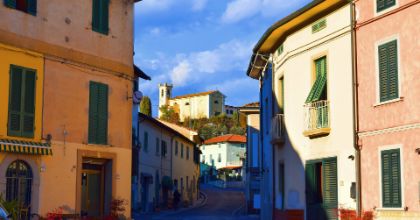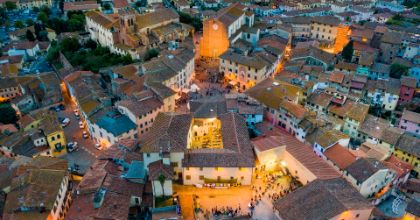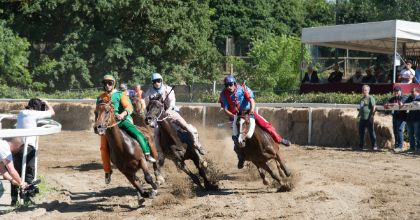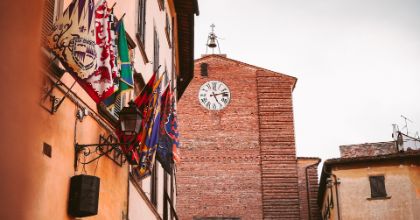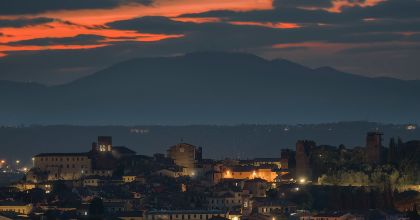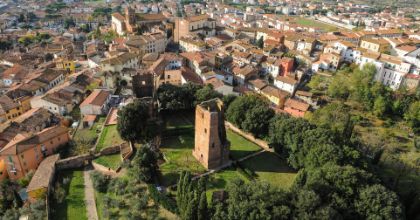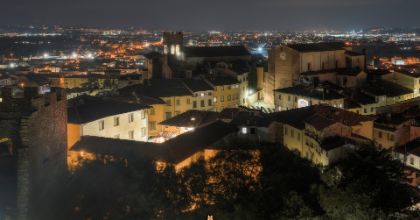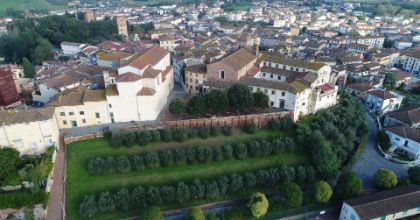Atmospheres, reflections, wonderful landscapes, but not only: this place gives emotions also for its floristic and vegetal peculiarities and for the amazing fauna that inhabits it. Located on the border between the peninsular region of Mediterranean and continental climate, the Padule hosts at the same time plants adapted to different climates; in the Paduletta di Ramone, on the edge of the Chiusi Wood, the Frog bite (Hydrocharis morsus-Ranae) survive for example and the Royal fern (Osmunda regalis), plants of warm humid climate, and particular mosses, called sphagnums (Sphagnum sp.), more typical of cold northern climates and descents to here during the last glaciations.
Only in the Paduletta, and in few other areas of the marsh crater, are still found discreet extensions of the Great sedge (Carex elata), locally called "sarello"; this plant of northern origin develops in "gerbi" (cespitose formations) formed by several individuals, which assume the characteristic appearance of islets surrounded by water. Nowadays, unfortunately, the great sedges are often supplanted by more resistant species such as the Marsh straw (Phragmites australis).
Where the immense reeds leave room for the free waters, we find the "laminetes", formed by plants with floating leaves (such as the great yellow Water Lilies) that offer one of the last shelters to numerous highly specialized species: the Bladder Grass (Utricularia australis)floating carnivorous plant; the Nymphoides (Nymphoides peltata), with beautiful yellow flowers; the strange Erba pesce or Salvinia (Salvinia natans), a small swimming fern now very rare in Tuscany; and the Erba scopina (Hottonia palustris), recently discovered in the humid area.
As for the fauna, the Padule plays a fundamental role in the migratory routes between the Tyrrhenian coast and the interior; here over the year more than 200 species of birds can be observed. The marsh area therefore offers exceptional ideas for birdwatchers and nature photography, especially during the spring pass.
Particular naturalistic importance assume the herons that constitute here a great garzaia, that is a real "city of herons" with thousands of birds. It is the most important nesting colony of central-southern Italy, both for the number of the nesting pairs (about 1000) and for the contemporary presence of seven species: the Nitticora, the Egret, the Sgarza ciuffetto, the Ox egret, the Grey Heron, the Great White Heron and the Red Heron.
Among the mammals, besides the invasive Nutria (Myocastor coypus), the Rice Field Mouse (Micromys minutus), the smallest European rodent, must be remembered for its naturalistic and biogeographical interest. Equally rich is the microfauna, among which there are over 1000 species of Coleoptera: the Padule, in this case, serves as a refuge area for many species of swamp linked to cold climates.
